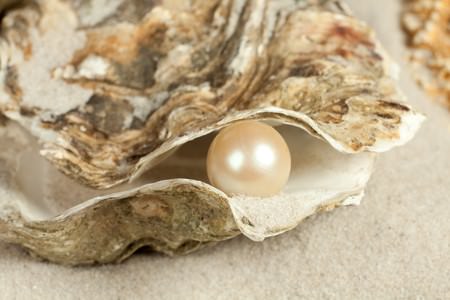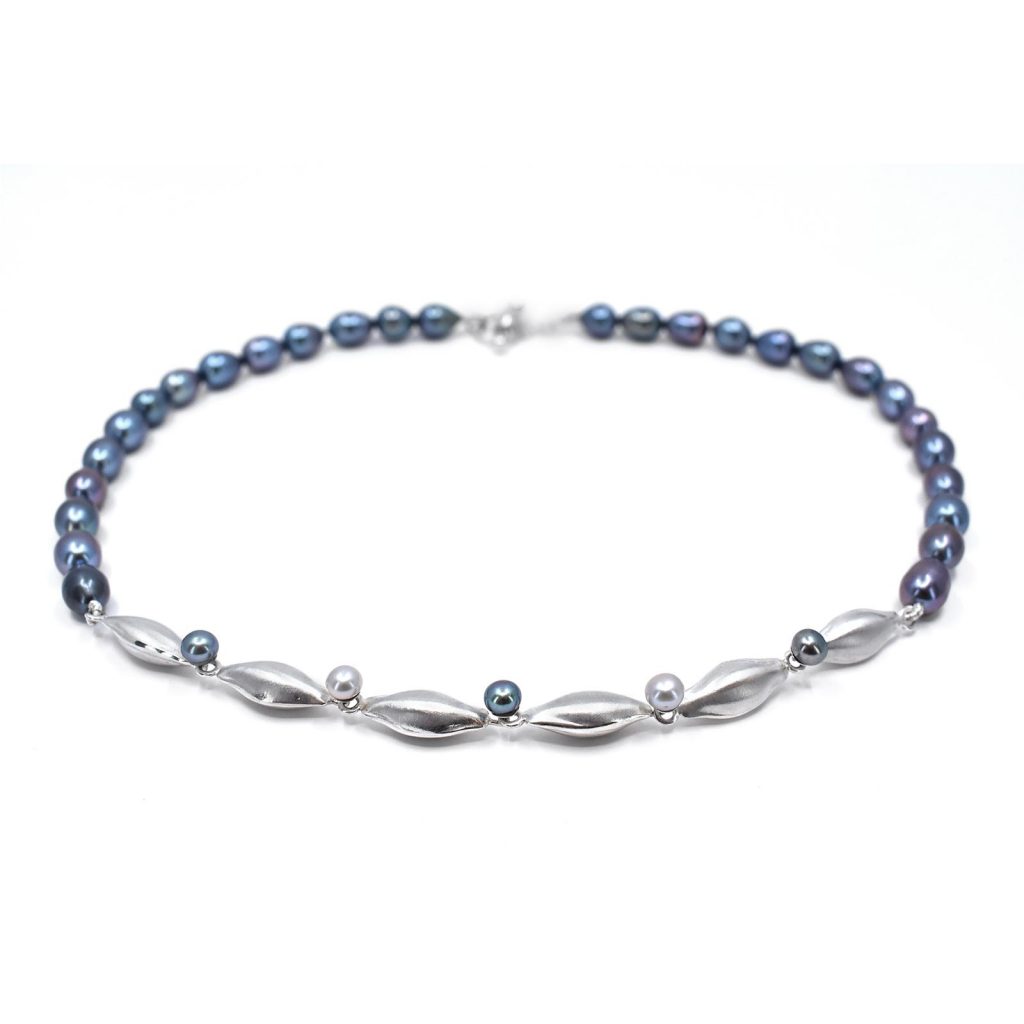Pearls have been worn and treasured for thousands of years right back to Roman times when they had a rich and deep history. The oldest pearl ever discovered was in The United Arab Emirates in 2012 and is believed to date back over 7,500 years. They are often referred to as ‘The Queen of Jewels’ as they possess a mystical, timeless quality.
Pearls are the only gemstones to originate from a living creature and statistically are the world’s rarest jewels with less than 1 in every 10,000 wild oysters containing a pearl. Naturally occurring pearls to this day are still extremely rare.
Nearly 99% of the world’s pearls used today are cultured. This is sadly due to the fact that most of the world’s natural pearl resources have been harvested already. Cultured pearls are artificially created but can still take 6-24 months to form inside the shell, but have become a more sustainable way to supply the ever growing demand worldwide.
So, are cultured pearls real pearls?
Yes they are. A cultured pearl is a real pearl grown inside a mollusc or shellfish. Rather than waiting for an irritant such as a small piece of rock or sand to naturally enter the shell, cultured pearls are seeded by hand in large quantities.
A tiny nucleus is implanted inside the mollusk shell. The growth of the pearl is influenced by how long it takes to recover from the implantation but once fully recovered, the pearl begins to grow as the mollusk covers the nucleus with layers of nacre.
Pearls come in four different types, and vary in size , shape and colour.
Japanese Akoya pearls are salt water pearls and are generally spherical in shape with a beautiful lustre.
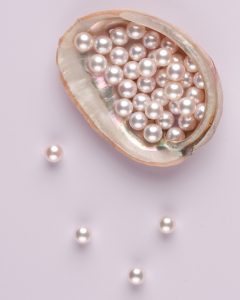
Tahitian pearls from the islands of the French Polynesia are also salt water pearls and come in beautiful shades of black, grey, purple, blue and green despite often being referred to as black pearls.
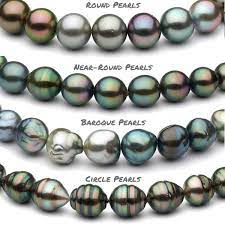
South sea pearls found in Australia and the Philippines account for the largest number of all the pearls and are best known for their creamy white and golden hues.
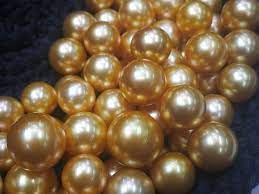
Freshwater pearls grown in lakes and rivers mainly in China are the most widely produced pearls and are consequently sold at a lower price.
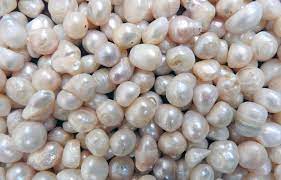
The land for Cartier’s flag ship store in New York was bought for a pearl. When the wife of a railroad magnate fell in love with one of Cartier’s pearl necklace he gave it to her in exchange for her Italian Renaissance inspired home on New York’s fifth avenue. This site was later transformed into the company’s landmark Cartier Store where it still resides today.
Real vs Fake 8 main differences:
1) Weight
Real pearls are much heavier than fake pearls which are made of resin or plastic. However this isn’t always fool-proof as resin pearls can be covered with a fake shellac composite to add weight.
2) Coating
Over time a fake coated pearl will start to loose its coating, exposing the material underneath.
3) Shape
Real pearls are never completely round. On close inspection they have small asymmetries and slight variations in shape. If a string of pearls are faultlessly round and identical it is highly likely they are fake. Real pearls also have small variations not only in shape but lustre and colour. Fake strings of pearls generally line up with the same weight, radiance and shade throughout.
4) The teeth test.
Real pearls have a slight texture to them with subtle ridges or wrinkles whereas fake pearls are super smooth. So if you grab a pearl between your index finger and thumb, rub it on your teeth and it’s super smooth, then it’s fake. If it’s slightly gritty then it’s real.
5) Temperature
Real pearls are much colder than fake ones, after all they originate from the depths of cold water and will feel cold to the touch initially and then warm up to your body temperature. Fake pearls feel warmer and stay at room temperature whether being worn or not.
6) Stringing
Real pearls tend to be threaded with a knot in between each pearl so that if the necklace were to ever break, the pearls would not shatter all over the floor and be lost. Cheap fake pearl necklaces are unlikely to be strung like this, so this is always a real giveaway.
7) Sunlight
If you are still not sure after checking all the above, then take that string of pearls out into the sunlight. Real pearls have a deep radiance that can’t be duplicated. Once in the sunlight you should see slight colour variations on your pearls with subtle yellows and pinks coming through. If you see a line of perfectly crisp white pearls then they are most certainly fake!
8) Cost
Last but not least large pearls are very expensive, so if a large pearl necklace looks too good to be true with that price tag it will undoubtedly be a fake.
So I hope this little blog has give you a few tips and made you a little bit more savvy when buying your next string of pearls.
If you have any particular pearl related questions you would like help with, EMAIL ME and I will get back to you. Also get your friends to SIGN UP to my Newsletter to share in these tips and advice.

